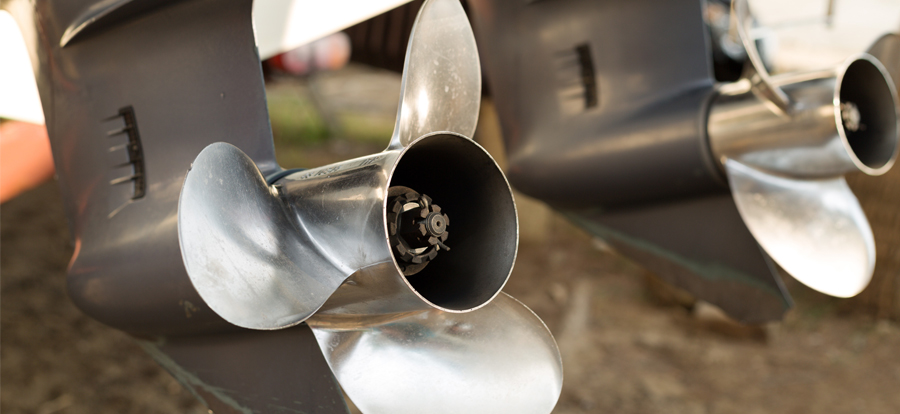Simulation: Powering innovation in electric ship propulsion

The marine industry has made strides toward building a more sustainable future in recent decades. The IMO has set aggressive emission reduction targets for ship owners and operators to meet, and digitalization has helped foster the innovation needed to reach these sustainability goals.
Today’s ships – and those of the future – must offer significant fuel efficiency and emission improvements through new and innovative design elements, such as innovative propulsion systems. Leveraging simulation software in ship design can support innovation and design exploration, leading to lower operational costs, increased confidence in designs and a better future for the planet.
Why convert to electric ship propulsion
Many ships, including passenger ferries, in-harbor boats and leisure vessels, are moving toward electric ship propulsion. There are a variety of benefits to doing so beyond the environmental impacts, such as:
- Reduced noise pollution
- The lighter weight of electric propulsion systems
- Improved maneuverability
- Reduced maintenance costs
The challenges of converting to electric ship propulsion
Transitioning to electric ship propulsion isn’t without its challenges, though. During the design phase, there are many requirements to satisfy as vessels need to perform efficiently over a wide range of operating conditions. It’s no easy task to design to ensure the battery pack meets requirements across the entire operating profile, the motor is as small as possible while still meeting power safety regulations, and the batteries and motors minimize energy requirements.
Simulation: The key to designing more efficient ships
Simulation software can help your marine enterprise design propulsion systems and vessels that are significantly more efficient. Simulation can lower operational costs and increase design confidence by creating a digital twin, a virtual representation of a ship that can be tested and manipulated.
Simulation-driven design uses an integrated approach to ship design where computer simulation tests designs in real-life operating conditions with a high level of confidence. Simulation also allows for greater design exploration, allowing ship designers to evaluate novel and innovative designs to explore performance further.
We recommend watching this on-demand webinar to learn more about how simulation can help design electric propulsion systems. A panel of industry experts walks through an example scenario of designing a new electric ferry based on a set of design requirements. It gives an overview of all that is possible in marine design when using simulation software. Click here to view the webinar.